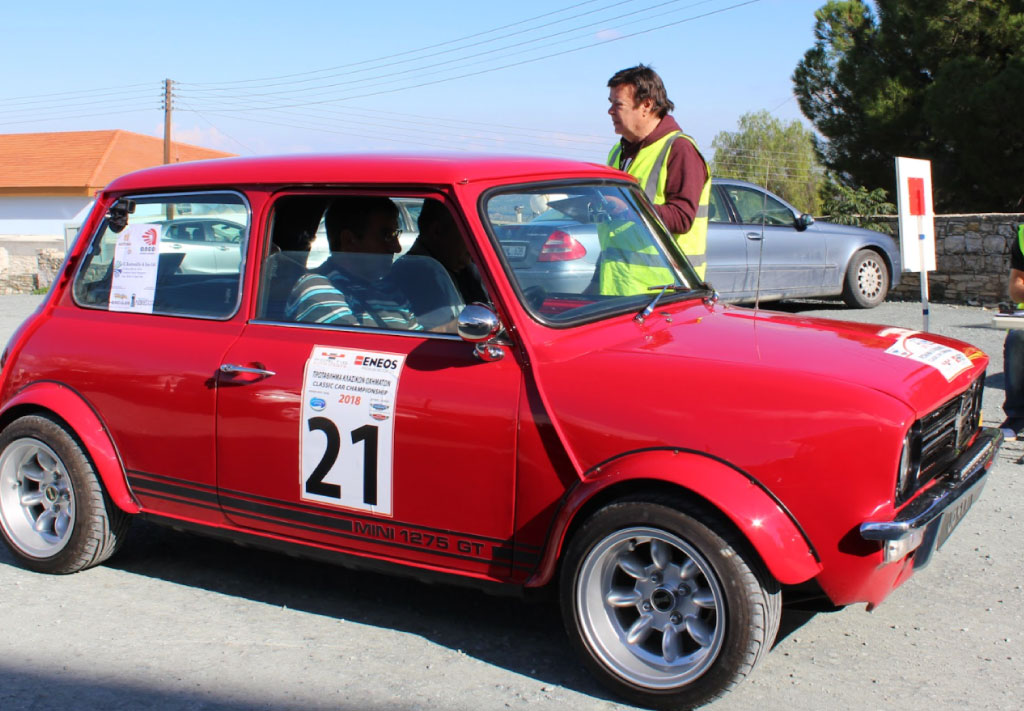The classic regulatory challenges are organised by classic car clubs with knowledge.
The cars taking part in a classic regularity challenge must be over 25 years old in order to qualify, but also you can take part without your car being classic (less than 25 years old) in a different classification.
The crew taking part in a classic event with a classic car consists of Driver/Co driver and passengers if desirable. This is called the team.
The cars must be road worthy/taxed/insured in order to be driven on public roads.
Each car must enter their participation to the organizers.
Each car with the crew is called a competitor and is allocated a starting number according to the age of the car.
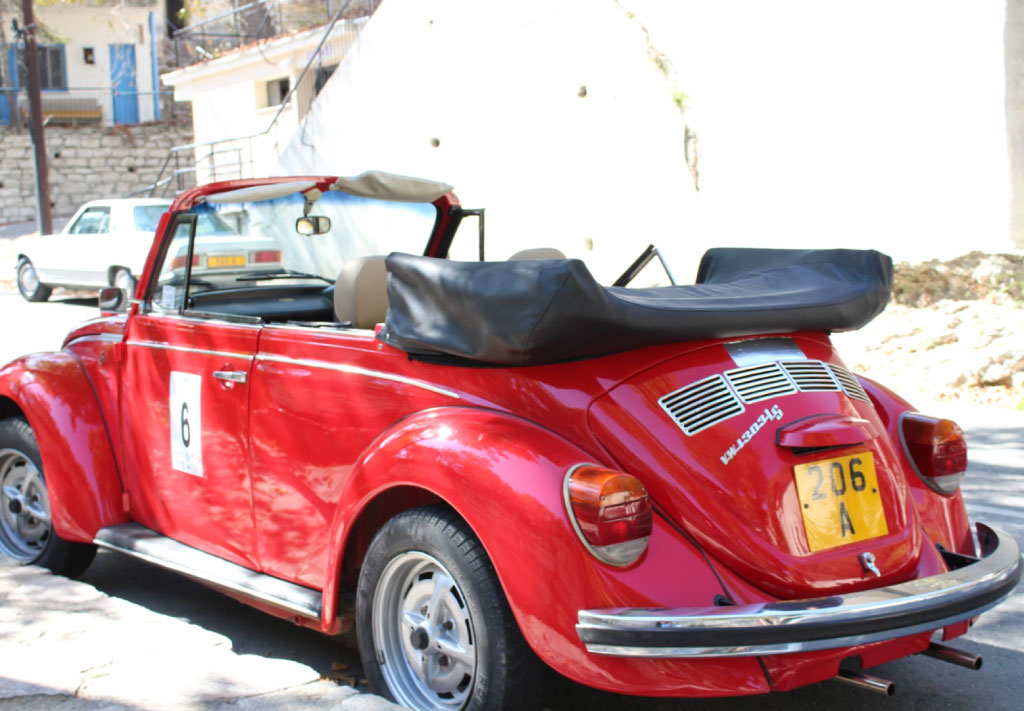
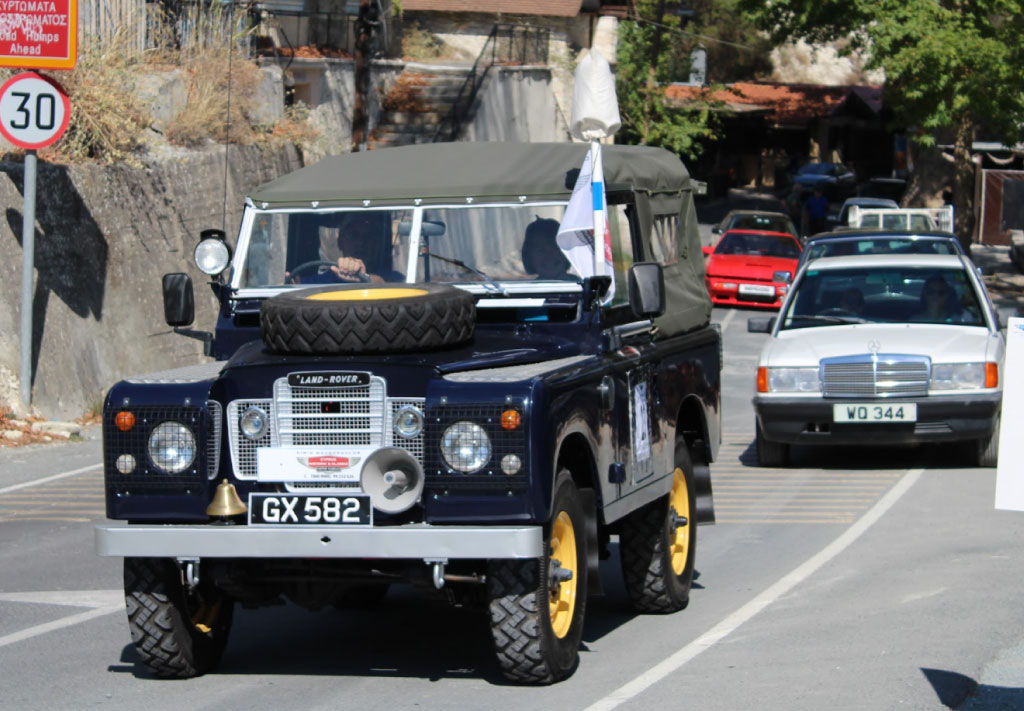
Competitors are briefed prior to the event about the classic regularity challenge’s route and the regulations.
Each competitor/team is given a road book with the route and all timing schedules prior to the start.
This road book contains all the information that the co-driver will use to guide the driver to keep to the specified route and the information about the designated speeds and the timing for each segment of the route.
The idea of a classic regularity challenge is to travel from point A to point B within a certain time.
At the end of each section (called time control) there is a clock keeper recording the passing time of each car.
The idea is to keep the designated speed and keep the organizer’s recommended average speeds.
What is Regularity Special Stage (RSS):
The purpose of a RSS is to test the crew’s skill at maintaining a precise average speed over a defined route, on public roads within the permitted limits.
Each competitor starts the classic regularity challenge at a specific time unique to them at 1 minute interval from the previous car. Along the route, the team will encounter marshals’ signs. The position of the marshals is usually not known to the competitors. The time, at which the competing car arrives at each marshal post, is recorded. The arrival time of all competitors is recorded and used at the end for scoring purposes.
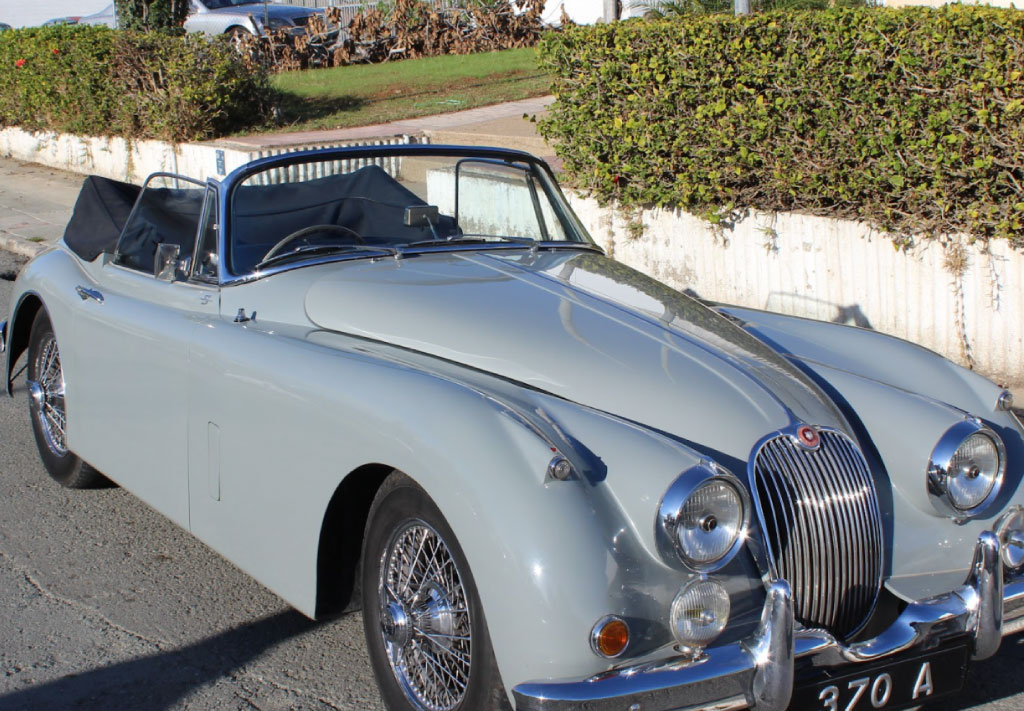
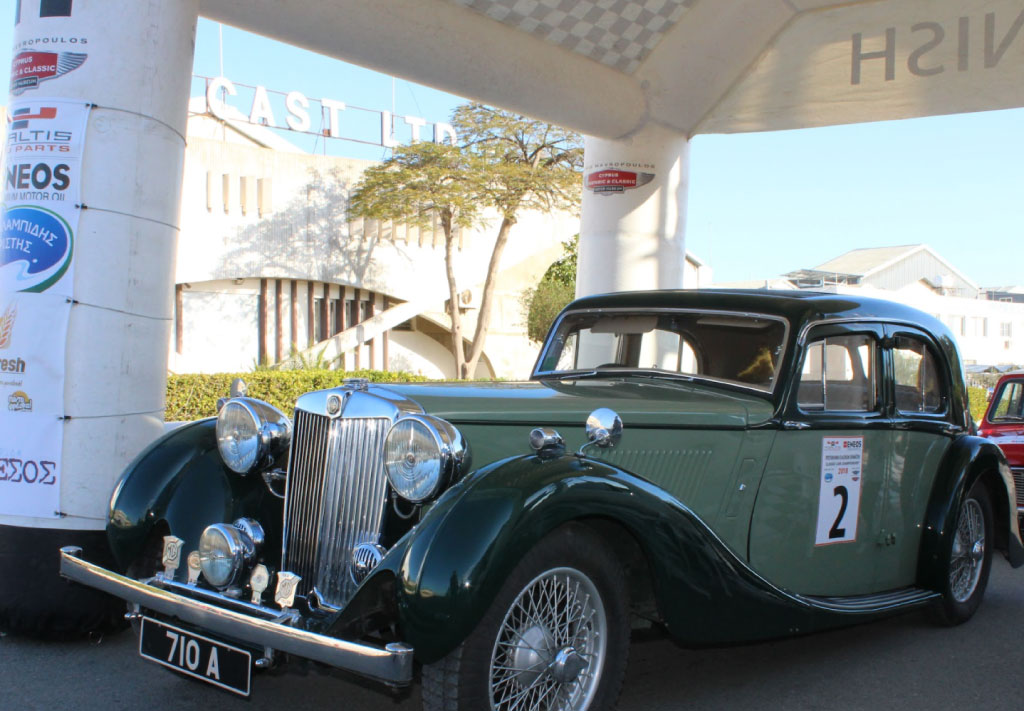
Each regularity section will have a Regularity Start Control sign, Regularity Stop Control sign.
The aim is to take the correct amount of time between each consecutive timing control. Earliness or lateness at any control must usually be carried over from the starting time of the competitor.
Competitors may also encounter open sections where they are guaranteed not to encounter marshals and are not subject to any time penalties.
There may be various other features along the route including points at which competitors must wait for an ‘exact time of departure’, point.
Every Classic regularity challenge has a designated route and schedule. This means that the organisers can work out the exact times that should be recorded for each competitor at all the relevant points along the route.
The difference between a competitor’s actual time and the correct time determine their penalty points. (Lateness and earliness both attract penalties.)
At the end of the event, the competitor who has visited all the controls and who has the fewest early or late penalties overall is the winner.
Also, during the route, observation questions will be given to the teams for the passengers. Each wrong or not answered question equals with penalty.
